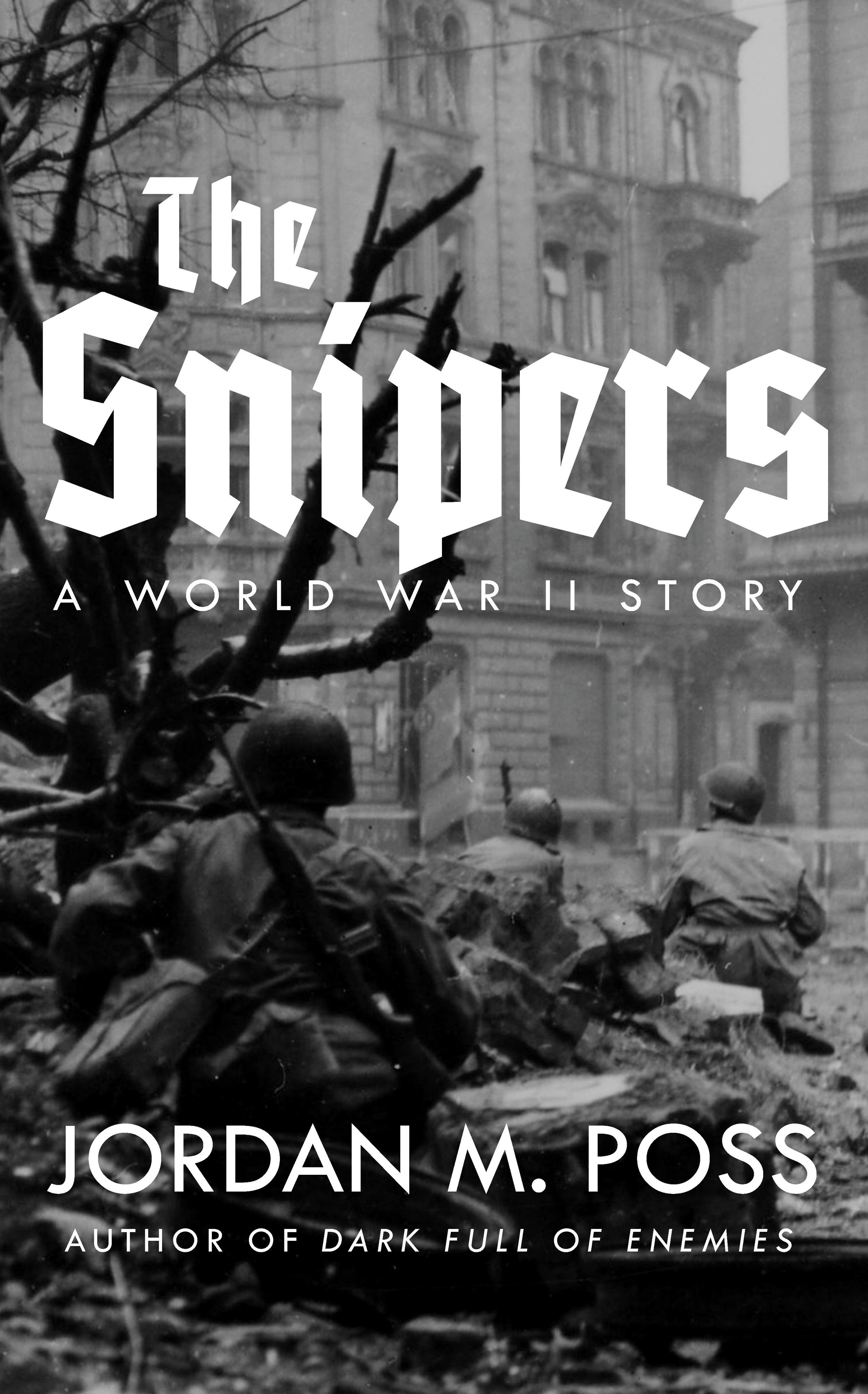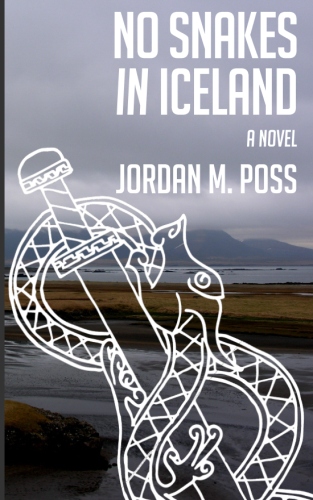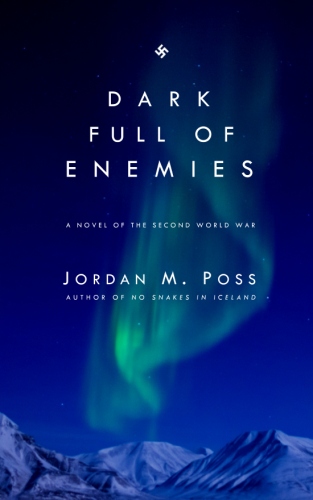Flying and nesting
/This week’s episode of the Great Books podcast covers The Name of the Rose, by Umberto Eco, which I read early last year and made my year-end best-of list. During their discussion, host John J Miller and guest Andrew Hui tease out of a lot of the seemingly endless riches of this novel but give special attention to Eco’s allegorical presentation of two kinds of learning, or two visions of the purpose of books: the closed and the open.
The closed vision is exemplified by the blind old monk Jorge of Burgos (a play on Jorge Luis Borges) and by the Aedificium, the monastery’s labyrinthine “closed stacks” library, which locks knowledge away. In this vision, books and learning are for preservation and understanding, a project of continuity. The open vision presents books and knowledge as a tool of continuous inquiry and is represented by the novel’s hero, William of Baskerville, who pursues a project of constant revision.
I don’t think I could have articulated this without Miller and Hui’s discussion. This is a major theme of the book and brilliantly brought to life in the plot. But what is frustrating in Eco’s exploration of this theme is that—in addition to coming down in William of Ockham’s nominalist camp, a gross error that must stem from Eco’s postmodernisms—he presents these two visions as fundamentally opposed: closed or open; preservation or inquiry; continuity or revision. Eco is too subtle to get preachy about it, but he constantly nudges our sympathies toward the latter in each pair.
But learning—or, worse, an entire society—built only on openness, inquiry, and revision will become unstable, something that should be obvious these 45 years on from Eco’s book.
I’ve had a few friends and acquaintances over the years who operated like this to a fault. I remember one saying many times that the goal of reading and research was to be able “to ask more interesting questions,” never to get answers or to know anything. (It occurs to me now that he actually used a picture of Sean Connery as William of Baskerville as a social media avatar for a long time.) Others, especially in grad school, never treated any topic as settled—except the need to keep every topic unsettled. They were the “Question everything” crowd, who followed through on questioning everything—except the command to question.
An endless recursion to questioning might be enjoyable to some people—and, indeed, this type is usually impossible to pin down on any topic, a trait they seem to think is puckish but quickly becomes annoying—but our minds aren’t designed for that. Even Socrates was always driving at some kind of final answer.
When the open and closed are set in opposition, as in Eco’s story, we get a demand that birds either only fly or only nest when the two actions are complementary. Birds have to fly out to explore, if only to find food, but they also have to land somewhere. Birds that never leave the nest will die—a fact that’s become proverbial—but likewise birds that never land and never build will never rest, never lay eggs, and never send forth a new generation to fly.
































